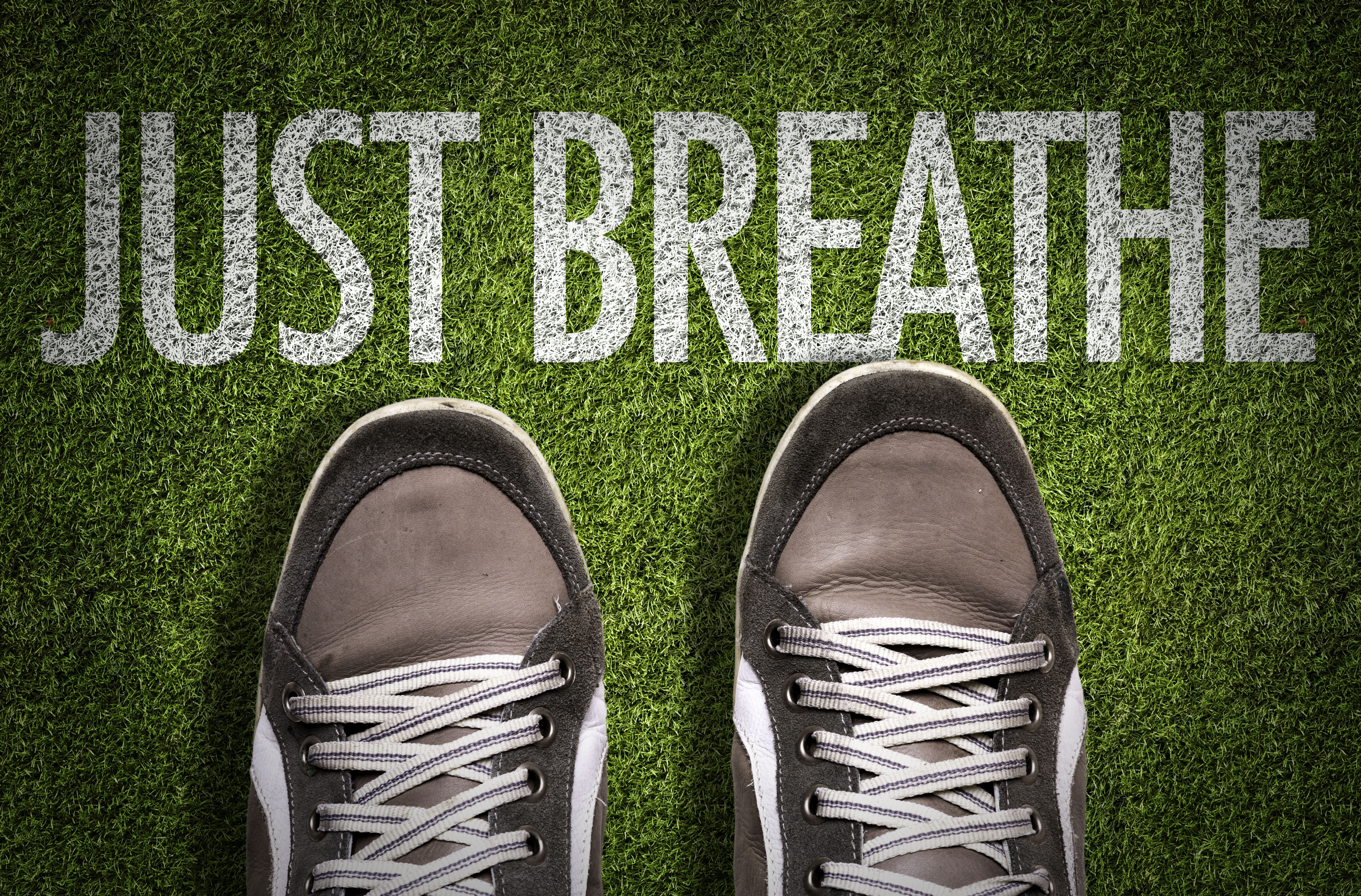Pain is something that grabs your attention. Our bodies are designed this way to protect us. Unfortunately, sometimes the system goes haywire and pain takes over your body, mind, and life. This is especially true of chronic pain or nerve related pain (think toothache or sciatica). Fortunately, our body has some work-arounds built in so that we can "hack" the sensation of pain. Essentially we must give the brain something else to think about. In time the brain can even "rewire" itself to be less aware of the pain sensation.
There are many ways to work around the brain's perception of pain that are easy to do and are either free or cost very little. Pick one (or all 10!) and get started soothing your pain.
1. WALKING
Any kind of exercise is beneficial for controlling pain. Many studies have found that exercise is very useful especially with chronic pain and fibromyalgia. All exercise qualifies including aerobics and weightlifting, but walking is one of the easiest activities for people to do. Most people are able to start a gentle walking program at some level, even if they have pain or are unfit. While it is important for health to work your way into a regular fitness program that may include activity for at least 30 minutes most days of the week, even short bouts of walking can be beneficial for pain. The key is to do what you're able to do within the limits of your pain on a regular basis and increase your time as you are able.
2. DEEP BREATHING
Taking slow, relaxed breaths deep into your belly is another way to calm your nervous system. This method of breathing is called diaphragmatic breathing. Most people in pain tend to breathe more with their upper chest. Breathing harder and faster than you should into the upper rib cage leads the brain to perceive pain more easily. In contrast, allowing the breath to slow down into expansion of the abdomen sends relaxation signals to the brain and allows the nervous system to quiet down. This can be very helpful for people with pain. See my post here on how to do this type of breathing.
3. MEDITATION
Meditation is also a well known activity for decreasing stress and helping relieve pain. In involves quieting the mind and focusing on the breath. Often though this is one of the hardest things for people to do. Our minds tend to go a mile a minute, and this is even more difficult if you are in pain. Traditionally meditation is done sitting crosslegged position and focusing inward on the breath. However, another way that can be easier if you have a difficult time quieting your mind down can be doing a repetitive task such as walking or washing dishes. This gives the physical body something to pay attention to while you focus on slowing your breathing and quieting the nervous system.
4. YOGA
Yoga is another form of activity, which typically includes stretching and flexibility moves. It consists of holding positions that focus on breathing and paying attention to the body. This can be beneficial for pain. Yoga not only taps into the same avenues that meditation does, but also give the body gentle movement and stretching at the same time. Look for restorative forms of yoga such as programs for pre-bedtime, relaxation and breathing, or even specifically for pain.
5. LAUGHTER
Laughter is another great way to tap in to the body's own pain relieving mechanisms. When you laugh, your body releases natural painkilling chemicals inside the brain. So not only do funny things give your brain something else to think about, but they send out your body's own self-made drugs to combat pain. Tell a joke, watch a funny movie, or hang out with your best friend who always makes you laugh.
6. KNITTING/ CROCHET
Any craft activity from quilting to painting can be helpful in dealing with pain. Knitting or crochet a can be especially useful as they typically involve a soothing, repetitive action that can be performed in a comfortable sitting position. (note: this type of activity may not be good to do for long periods of time if your pain is in your hands or upper body). This repetitive movement taps into those meditative pathways and helps calm the nervous system. Sit back and relax while making gifts or clothing and knit your pain away.
7. ADULT COLORING BOOKS
The popularity of adult coloring books is fairly new with many titles popping up on book bestseller lists. Any type of craft or art can also tap into the meditative pathways in the brain. However, not all people feel that they are particularly artistic. Coloring books allow people to relax and destress without worrying about having to be crafty. Coloring can allow you to unplug from pain and get into a relaxing state of mind. These coloring books come in a variety of patterns so there is sure to be options for everyone. They even come in in “color by number” versions for people who would stress about choosing colors for their picture. This is a great activity at any time but especially for those who have difficulty sleeping due to pain.
8. PUZZLES
This is another type of low energy activity that engages the brain in relaxing ways. Any puzzle will do including Sudoku, crosswords, word find, etc…. When the brain is actively engaged in figuring out puzzles it has less resources available to dwell on pain signals.
9. LEARNING SOMETHING NEW
Another way to actively engage the brain so that it does not focus on pain signals is to try something new. Find something that you've always wanted to do and take steps to learn it. This could be almost anything from cooking, learning a new language, picking up an instrument, or even as simple as driving a different way to work. All of these activities force the brain to use energy in focusing on new connections instead of pain.
10. HELP SOMEONE ELSE
Most of the other activities engage the body's built-in pain relieving systems in the brain. When you help someone else, you're able to take the brain's attention away from focusing on yourself to focusing on someone else's pain. Not only does this give the brain something else to think about, but it can help remind us of things that you have be grateful for. It is very easy when suffering with pain to get caught up in your own internal feelings on a regular basis. Helping someone else helps to get you out of your own head. Activities can be as simple as assisting a child with homework, writing a nice letter to someone who is ill, or volunteering.
 Monday, March 21, 2016 at 11:45AM
Monday, March 21, 2016 at 11:45AM  Here is a post on breathing from our intern. This is a great technique to control pain and stress. Marnie
Here is a post on breathing from our intern. This is a great technique to control pain and stress. Marnie PAIN,
PAIN,  health,
health,  relaxation,
relaxation,  stress
stress 

